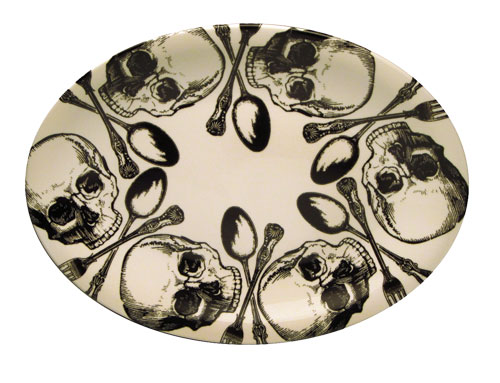
Front & Center: Talbot Street's Fair Game
After 58 years, can anything new be said about the Talbot Street Art Fair, that venerable festival downtown attracting thousands of people and dozens of artists each year to the near-north side? Its promoters take care to bring back many of the same favorites year after year, even positioning the artists in similar spots so shoppers can locate familiar potters and painters and build relationships as they do their collections. “We’ve figured out how to do this successfully, which in this economy is getting harder,” says co-chair Dale Cantrell. “It’s hours and hours of work to make it look easy.”
Talbot (June 8–9) continues to lure new artists, but sometimes making a truly fresh discovery means looking beyond its rows. And you don’t have to go far: All around the Herron-Morton Place neighborhood, complementary events are cropping up that, to the average participant, must look like an extension of Talbot. They’re not—they’re independent—and some are stealing a piece of Talbot’s mojo.
Across 16th Street from the south terminus of the show, the popular Independent Music + Art Festival now packs the Harrison Center for the Arts on the same weekend. Outside in a prominent spot along Delaware Street, two free stages host regional bands, and scrappy, Brooklyn-esque artisans (mostly locals) set up booths without a suncatcher or watercolor in sight. Last year, Indy-based woodworker Daniel Paquette, who calls his studio ManMu, introduced a concept called “slow wood”—crafts made without power tools or metal fasteners. Inside, the Indieana Handicraft Exchange hosts local and regional Etsy types who traffic in screen-printed T-shirts, typewriter-key jewelry, and greeting cards that will make you blush.
Talbot Street, a juried field that attracts many out-of-state artists with large booths, once had the same homegrown vibe. It started in Talbot Alley, not far from where the current fair is located, with 15 Herron Art School students who set up their wares one weekend. (Ironic sidenote: Those students were aided by Herron professor Elmer Taflinger, and the Indieana Handicraft Exchange is managed by Homespun: Modern Handmade boutique owner Amanda Mauer Taflinger—no relation.) Now, though, Talbot’s atmosphere is squarely traditional. It barred entertainers after experimenting with roaming musicians; artists complained that the music made it difficult for them to chat up customers.
Talbot Street still thrives, a fact that cannot be underestimated; many prestigious fairs around the country have folded in the weak economy. But the art fair that was born with the Baby Boomers now shares its weekend with some hip offspring—who rely on Talbot’s dependability.
Top image from Thinkstock.com; illustration by Ana Benaroya
This article appeared in the June 2013 issue.





